Know Your Wine: Your Ultimate Guide To Classic Reds, & How To Find The Best Pick For You

PUBLISHED June 27th, 2023 06:00 am | UPDATED July 11th, 2023 01:28 am
Love red wine but don’t quite understand it? While drinking it in moderation is good for the heart, trying to find the perfect tasting bottle can be quite a headache to some. Especially when you know nothing more than it pairs well with red meat, don’t let intimidating terms keep you away from your wine appreciation journey any longer; let us guide you through the timeless classic, red wine.
Red Wine 101 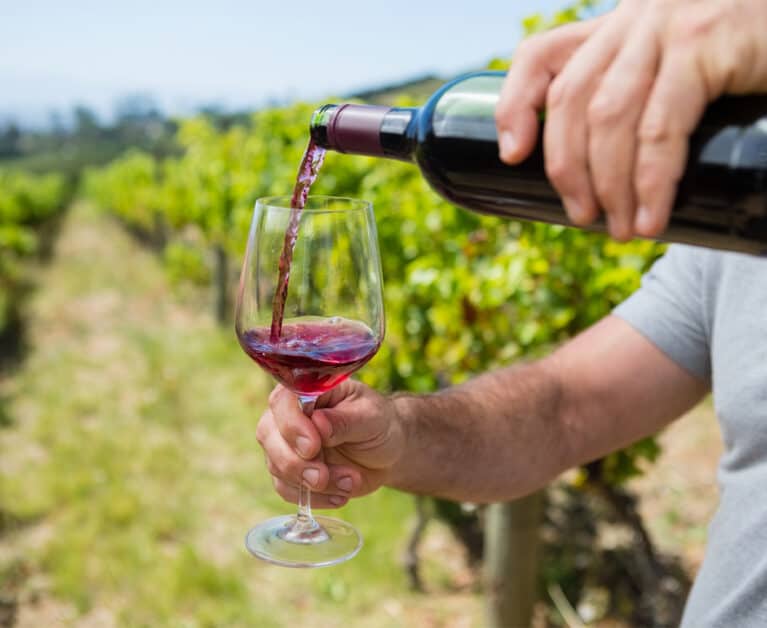
Winemakers make red wine by crushing different varieties of dark-skinned grapes, macerating and fermenting them with their skin on to extract their flavour, colour and tannin. Yeast is then added to disintegrate grape sugar into ethanol and carbon dioxide, giving us the alcohol in red wine.
This production process gives red wine its characteristic hue and tannins. The colour of red wines can range from deep red to pale ruby, with older wines simmering into a purplish red or brown tint. Tannins, which are derived from the grape’s skin, seeds, or even stem, are a source of antioxidants. They lend a drying sensation to the mouth, which will soften over time, making the wine taste less astringent.
Red wines are typically named after the main variety of grape used or the region they come from. Different types of grapes will produce different aromas and flavours, ranging from fruity and floral scents to herbal, spicy, or even earthy tones. Understanding the flavour profiles of grapes will help you decide what to choose. These are the common red wine grapes to know.
Syrah/ Shiraz

While both names refer to the same grape varietal, Syrah originates from France, and Shiraz is the Australian take on the same wine. Syrah originates from Rhône Valley and carries soft flavours of black fruits like blackberry and plum, with a touch of black pepper. After setting roots in Australia in the 1830s, Shiraz delivers intense black and purple fruit flavours with woody highlights of spiced cedar. Either way, it is a bold and spicy wine. Although they share similar colour and density as Cabernet Sauvignon, they don’t carry the former’s complex tannic structure. Some people approach this as a drink-me-now wine, and others appreciate its rustic, leathery smell when it ages. Syrah/ Shiraz are great companions for spicier or greasy food and red meats; it may even help the spice shine through.
Try: Glaetzer Amon Ra Shiraz 2019 from The Straits Wine Company.
Malbec
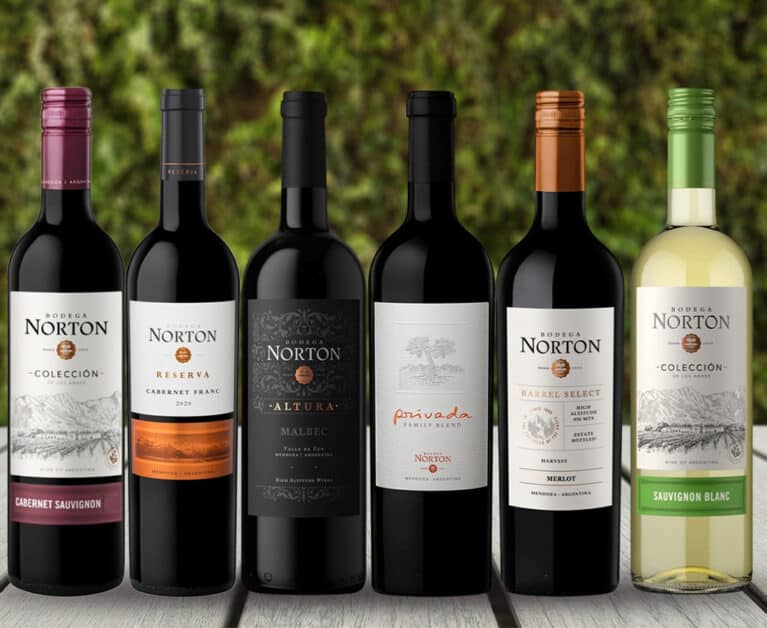
Although Malbec is widely found in Argentina, it has its roots in France, where it was used as a mixing wine for centuries. It was only imported to Argentina in the 18th century. Because the climate there was better suited to the cultivation of Malbec, Argentina became its top producer, giving Malbec a chance to be its own wine. This big and bold wine with nuances of tart cranberry and blackberries, enhanced with coffee beans and chocolate, has soft tannins, making it easy to drink. Winemakers typically use oak barrels with Malbec, adding a smoky flavour to this full-bodied wine. Malbec pairs perfectly with duck, pate, foie gras, roasted poultry, lean steak, and cheese. This is one wine that withstands the test of time; ageing it for three to five years can bring it to its peak expression.
Try: Bodega Norton Malbec Reserva 2020 from Bottles and Bottles.
Cabernet Sauvignon

With bold flavours of black cherry and jam, the Cabernet Sauvignon is a dry and full-bodied wine that is one of the most planted and well-known varieties of wine. Besides being the finest grape in Bordeaux, its small berries and thicker skin, as compared to Merlot, means it gives double doses of colours and flavours in fermentation. A wine with good ageing potential. Similar to its “Kissing Cousin” Merlot, Cabernet Sauvignon also carries aromas of darker fruits like blackcurrant and blackberries, with the added notes of liquorice, coffee, and tobacco. From its oak barrel ageing come hints of vanilla and green bell pepper. Its high tannin content and long finish (the aftertaste that lingers) pairs exceptionally well with steaks, flavourful dishes, and peppery sauces. This beloved powerhouse of red wine almost did not come into being until an accidental cross between Cabernet Franc and Sauvignon Blanc which happened during the 17th century.
Try: Chateau Buena Vista Napa Valley Cabernet Sauvignon 2018 from Ewineasia.
Merlot
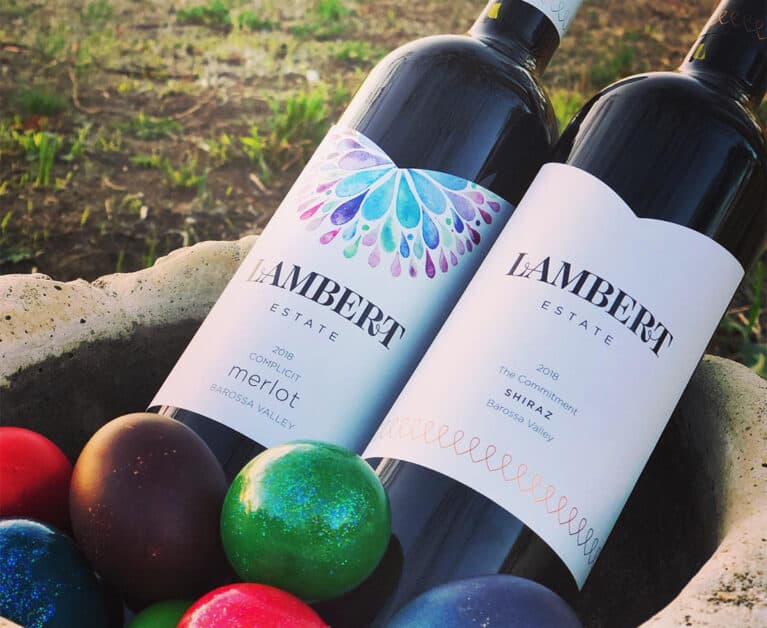
This grape variety is named after the blackbird, Merle, and it is one of the two primary grapes used in Bordeaux. With its soft, velvety, and smooth texture, Merlot used to be the main blending grape, but now it has become a full wine in its own right. When grown in cooler climates like France and Italy, Merlot resembles its “Kissing Cousin “, Cabernet Sauvignon. It has a more structured and earthy flavour with noses of darker fruits like blackberries and plums, layered with herbal notes. Merlot from warmer climates like Chile or California turns out fruitier and jammy, with a higher ABV. Due to the boldness of the wine, they are aged in oak, adding smoky undertones of cedar to the mix of flavours. Merlot is a delicate and versatile wine that goes well with many types of food. Feel free to explore and experiment with it. Pair it with lighter foods like chicken and vegetables or other proteins. This approachable drink is also good with chocolates.
Try: Lambert Estate Complicit Merlot 2017 from Wine Mansion.
Zinfandel
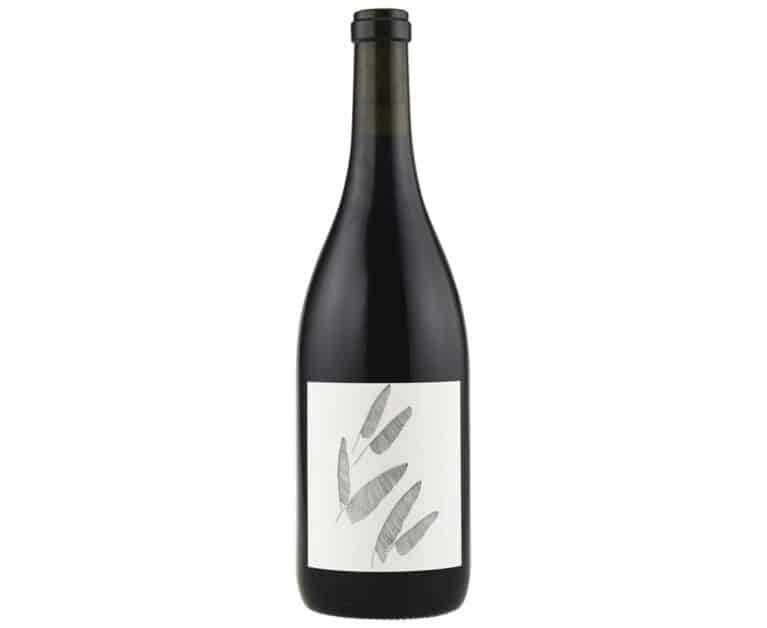
Taking a deep dive into history, Zinfandel, with genetic similarities to Primitivo, belongs to a rare family of grapes from Croatia. It was so close to extinction until it was imported to Long Island, New York, and California by way of Austria, where the warm weather allowed it to thrive. After world war two, wine producers had an oversupply, so they sold them cheaply and quickly. It was then known as the “cheap, blush wine”; however, when Zinfandel is allowed to reach maturity, it has all the makings of a great wine.
Zinfandel is often left on the vines for full ripening; this leads to higher sugar content in the berries and, thus, higher ABV. At its peak expression, between two to five years, Zinfandel delivers a full and juicy sensation with undertones of fruit preserve (jam), dark berries, and plum, with a tinge of spice and pepper on the top notes. It is boldly flavoured but not heavy, making it an easy drink to pair with umami-rich dishes, smoked poultry, and some even say brownies.
Try: Broc Cellars Wirth Zinfandel 2018 from The Providore.
Pinot Noir
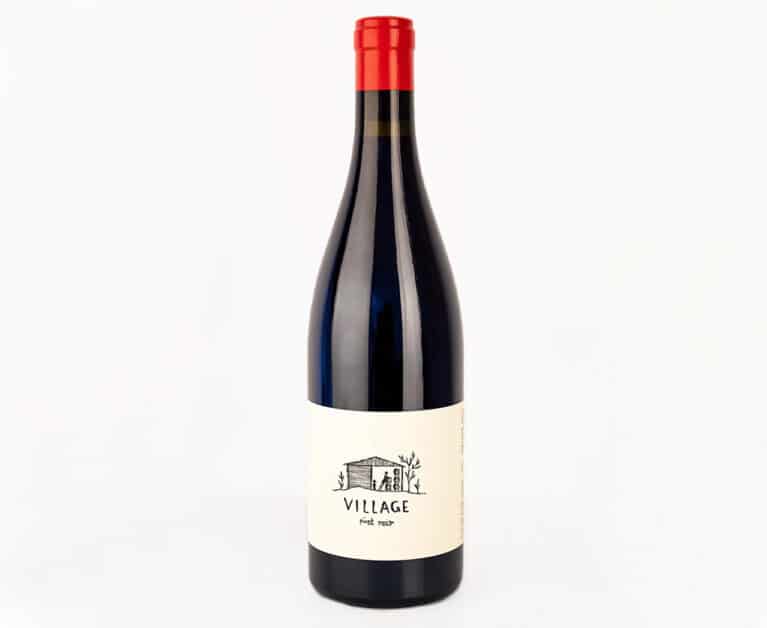
The light-bodied wine is one of the most desirable wines grown in Burgundy since the 12th century. Although it can be found in various countries like New Zealand, South Africa, and America, its best expressions come from colder climates, where it delivers more floral and earthy tones. Because of its relatively thin skin, it has a lighter flavour and density. Even then, its seductive flavours make it one of the most coveted wines in the world. As you swirl the wine, you will notice its translucent appearance. It’s highly aromatic, carrying notes of bright red colour fruits like cranberries and strawberries. With a smooth and savoury finish, it complements dishes like chicken, fish, and plates of pasta, which are commonly pair with white wines. Fun fact: Pinot Noir is one of the few red grapes used in producing red wine, rosé, and sparkling wine.
Try: Gentle Folk Village Pinot Noir 2021 from Rebel Rebel Wine Bar.
UOB Cardmembers can enjoy a variety of dining deals and promotions across different cuisines to satisfy your cravings. From 1-for-1 deals to festive discounts at your favourite hotel, bar and restaurant. Be sure to check out the myriad of deals available throughout the year.
This article is brought to you in collaboration with Dining Advisor by UOB
Top Image: Deposit Photos
